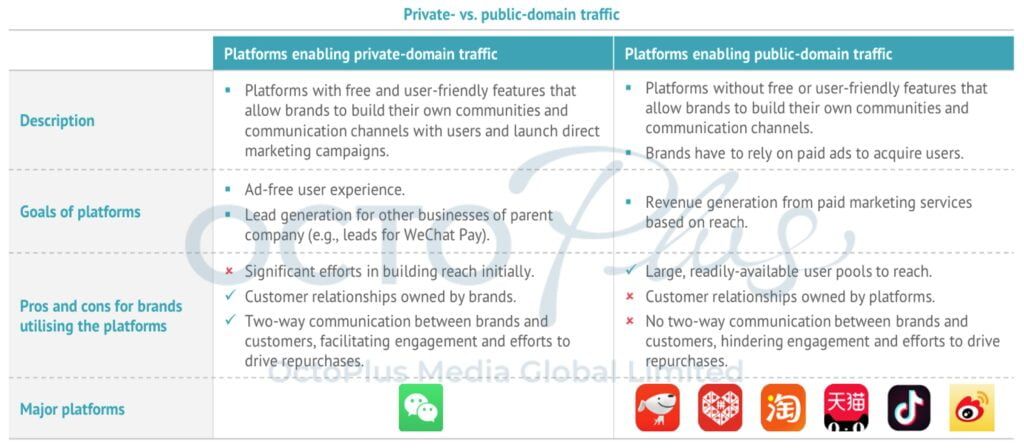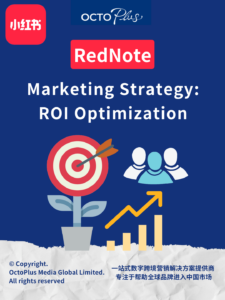China Internet Report 2021 by CNNIC
【Posted on: 2021 September】
The China Internet Network Information Center (CNNIC) released the 48th Statistical Report on Internet Development in China on Aug 27. As of June 2021, the number of China’s internet users surpassed 1 billion, up by 21.75 million since December 2020, and the internet availability rate reached 71.6% in the country. With over one billion internet users, China has the world’s largest digital society.
China internet sector has entered a new phase of development with both push & pull factors driving further innovation in internet companies to stay ahead. Tightening regulation, increasingly saturated domestic market with changing demographics and geopolitical tensions are influencing companies to look outside their established markets, pivot business models, focus on new customer segments, and adapt to shifting dynamics to remain competitive.
Here are some key highlights from the report:
Users:
- 71.6% – China’s population who are internet users
- 297 million – Rural internet users
- 59.2% – Rural Internet availability
- 94% – Fiber broadband subscribers
- 888 million – Short form video users
- 638 million – Live streaming users
Services:
- 872 million – used online payment methods
- 469 million – ordered food online
- 381 million – remote office workers
- 239 million – online medical services users
Broader trends to look for :
Regulatory – China’s tech industry has been hit by sweeping regulatory crackdowns since the second half of 2020. This is mainly driven by Beijing’s desire to better align the country’s technology development with national strategic goals and public interests.
Read our other blog series on regulatory announcement & their impact – Part 1, Part 2.
The tightening has focused on many areas —
Antitrust – Since late 2020, China has unleashed a slew of regulatory actions targeting the monopolistic behaviours of the country’s biggest internet companies — a new antitrust guidelines were issued, investigations are still ongoing, with repercussions still to be felt.
Most notable of these include Alibaba fine, Meituan probe, data security at Didi.

Finance – the government rolled out a series of measures to rein in the country’s fast-growing fintech sector. While Ant Group has borne the brunt since the abrupt termination of its IPO in late 2020, the actions to reshape China’s fintech landscape are ongoing and spell far-reaching implications for other internet giants. The most recent news is a forced split of Ant Group to separate the insurance business from the main Alipay payment business unit.
Data privacy – China has finalized the most extensive review of its data privacy laws & has implemented the Personal Information Protection Law (PIPL) – this is considered one of the strictest in the world currently. We deep dive into this in our latest regulatory series here.
Shifting Demographics – As the demography changes in China, new niche segments are being crafted & competition is increasing to win over the users.
Three notable segments to look out for –
Silver economy – 11% of internet users are aged over 60, up from just 4% four years back. There is still a lot of room to grow as the penetration rate is only 40% compared to 70% overall. Considering the aging population, China’s Ministry of Industry and Information Technology (MIIT) published guidelines in Apr 2021 for web pages and mobile apps to carry out “elderly friendliness modifications”. Some key changes in-app/website include senior mode or edition with larger font size, a simplified interface, fewer ads especially pop-ups, one-click order, voice commands, screen reader, tailored content for elderly, promotion of elderly KOLs, etc.
Sheconomy – As the level of education increases, together with high employment participation has helped create greater financial autonomy for independent & confident female consumers. Key trends include – strong demand for high-value cosmetics; apparels that focus on style, comfort, brand; healthier food, alcohol; fitness equipment, pet products, etc.
Sinking markets – Tier 3&lower cities & rural areas internet users rose to nearly 60% from just 50% in 2 years. While social & messaging and videos are close to full saturation with only marginal growth, sectors including financial services, work productivity, ride-hailing, e-commerce, and daily services are still undergoing relatively rapid expansion.
Private domain traffic – E-commerce brands have relied on paid ads offered by platforms to acquire and retarget customers. Slowing growth has pushed up the cost of customer acquisition. Brands are now paying more attention to private-domain traffic as they look to build direct communication channels with customers and engage them directly to drive repeat repurchases. Read more about it in our deep dive articles – Article 1 & Article 2 & Article 3.

Private-domain traffic has been mostly used in e-commerce by brands to build and own customer relationships, drive repeat purchases, and broaden their reach with social commerce tactics. WeChat has been the dominant source of private-domain traffic, thanks to its large user base, as well as its comprehensive ecosystem encompassing messaging, social, e-commerce, and payment functions
SCMP also has a very detailed report on the China internet report.
If you would like to understand how these impact your marketing in China, talk to us.
Feel free to talk to us
It’s a team with one single shared goal, which is our client’s success. Deliver results for your business now.
































